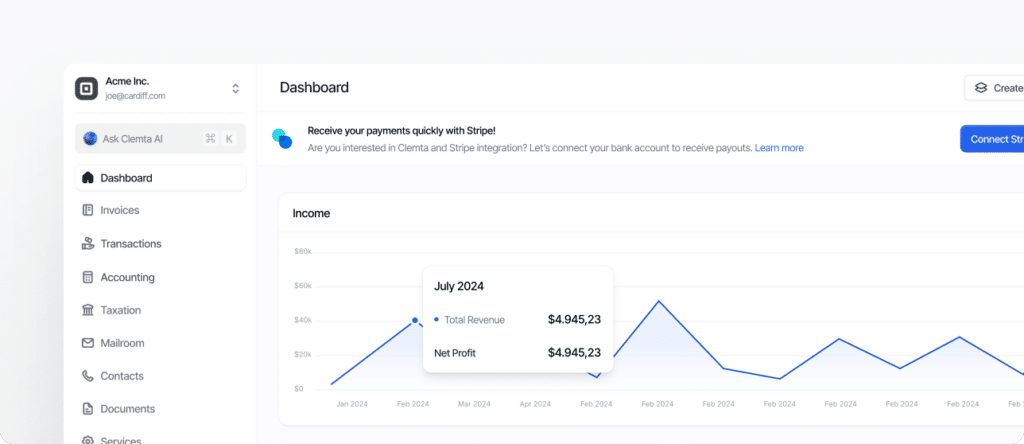An IRS form used by U.S. persons and entities to provide their Taxpayer Identification Number (TIN) to another party, usually for tax reporting purposes.
What is W-9?
Form W-9 is a document issued by the U.S. Internal Revenue Service (IRS) and is used by U.S. individuals and businesses to provide their Taxpayer Identification Number (TIN) (usually a Social Security Number (SSN) or Employer Identification Number (EIN)) to another U.S. person or business that will be reporting payments made to them. It’s essentially a request for tax reporting information, not a tax return itself.
If you’re working with a client, vendor, or platform in the U.S. and you’re a U.S. taxpayer, you’ll likely be asked to fill out a W-9. This form is often required for situations where you’re receiving income that needs to be reported to the IRS, such as freelance payments, interest or dividends, or certain rent or royalty payments. The recipient of your W-9 uses it to prepare a Form 1099, which reports how much they paid you in a given tax year.
Unlike W-8 forms, which are used by foreign individuals and companies, the W-9 is specifically for U.S. persons. Providing incorrect information or failing to submit a W-9 when requested can lead to backup withholding, where the payer withholds 24% of your payments and sends it to the IRS.
The form itself is simple (just a few fields asking for your name, business name (if applicable), federal tax classification (e.g., individual, corporation, LLC), and your TIN). Once completed, you send the W-9 to the requester (not to the IRS). It remains on file with them in case the IRS requires it later.
In short, Form W-9 is a routine part of doing business in the U.S. for anyone subject to U.S. tax law. It ensures that the correct information is reported to the IRS and helps avoid unnecessary withholding.

